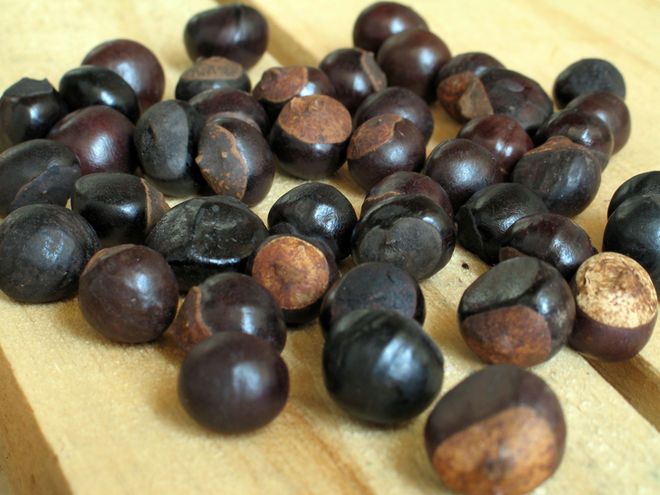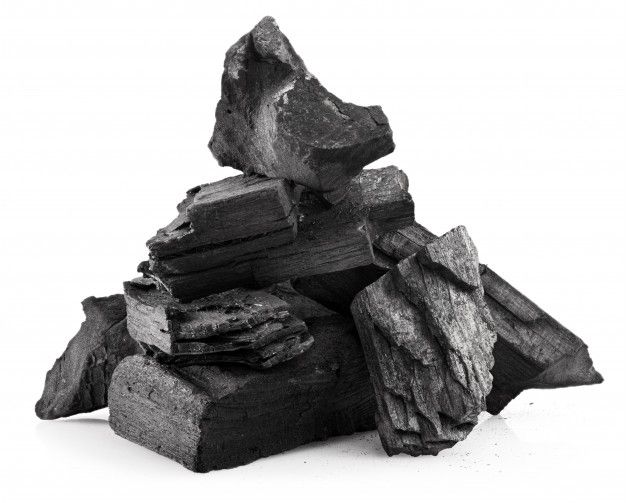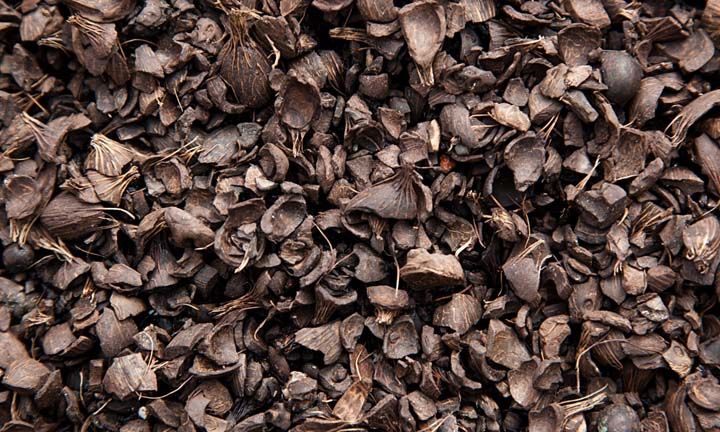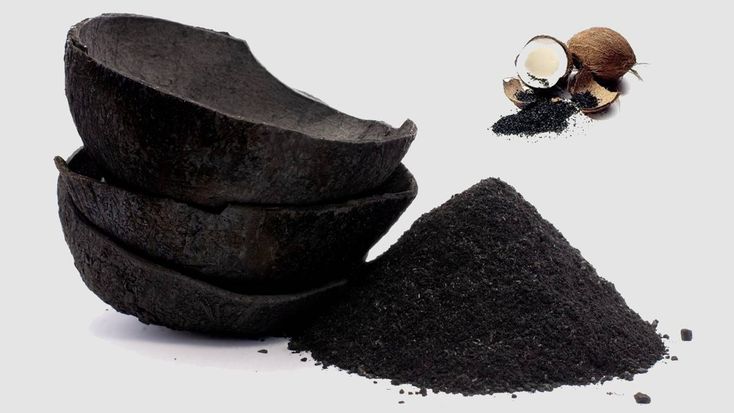What It Is
Walnut is a nutrient-rich edible seed from the tree genus Juglans, commonly cultivated for its delicious kernel and hard shell. Known for its distinct flavor and crunchy texture, walnuts are widely consumed as a snack, used in confectionery, bakery, cooking oil production, and valued for their health benefits.
Walnuts contain high levels of omega-3 fatty acids, antioxidants, proteins, and essential minerals, making them one of the most demanded nuts in international markets.

Walnut Export Market
The global demand for walnuts is steadily increasing due to the rising health and wellness industry. Major consumers include the United States, European Union countries (Germany, Spain, Italy, UK), Middle East, China, and India.
-
Top Importers: USA, China, Turkey, Spain, Germany, UAE.
-
Product Forms Exported:
-
In-shell walnuts
-
Shelled (kernels) walnuts
-
Walnut oil
-
Processed walnut snacks (roasted, salted, coated).
-
Uses of Walnut
-
Food & Beverages – Bakery, confectioneries, dairy, and snacks.
-
Health & Wellness – Nutraceuticals, supplements, and dietary products.
-
Oil Production – Walnut oil is used for cooking, cosmetics, and massage therapy.
-
Pharmaceutical Industry – Used in formulations due to its antioxidant and brain-boosting properties.
-
Animal Feed – Walnut by-products are sometimes used in livestock nutrition.
Specifications for Export
When preparing walnuts for export, quality and compliance with buyer standards are critical.
-
Moisture Content: ≤ 8%
-
Purity: ≥ 98%
-
Broken Kernels: ≤ 2%
-
Mould/Foreign Matter: 0%
-
Sizes:
-
In-shell: 28–34 mm
-
Kernels: halves, quarters, broken, or pieces.
-
-
Packaging:
-
In-shell: 10kg / 25kg / 50kg PP or jute bags
-
Kernels: 5kg / 10kg vacuum-sealed packs or cartons
-
Steps to Export Walnut
-
Sourcing & Quality Check: Get from reliable farms ensuring fresh harvest.
-
Processing & Cleaning: Wash, dry, grade, and sort according to size.
-
Packaging: Use international export packaging standards.
-
Documentation:
-
Certificate of Origin
-
Phytosanitary Certificate
-
Quality/Inspection Certificate
-
Commercial Invoice & Packing List
-
Bill of Lading or Airway Bill
-
-
Shipping: Depending on buyer’s preference – sea freight (common) or air freight (for premium buyers).
HS Code for Walnuts
-
08023200 – Walnuts in shell
-
08023100 – Walnuts shelled
Profitability in Walnut Export
Walnut export is highly profitable due to:
-
Increasing demand for healthy foods.
-
High value per metric ton.
-
Diverse end-use in food, pharmaceutical, and cosmetic industries.
Exporters who maintain consistent supply, strict quality assurance, and strong logistics can dominate this market.

Conclusion:
Exporting walnuts is a lucrative business opportunity for agro-exporters. With proper sourcing, packaging, and compliance with international trade standards, exporters can establish themselves in Europe, the Middle East, Asia, and North America. Walnuts are not just a nut but a premium commodity with high global demand.








